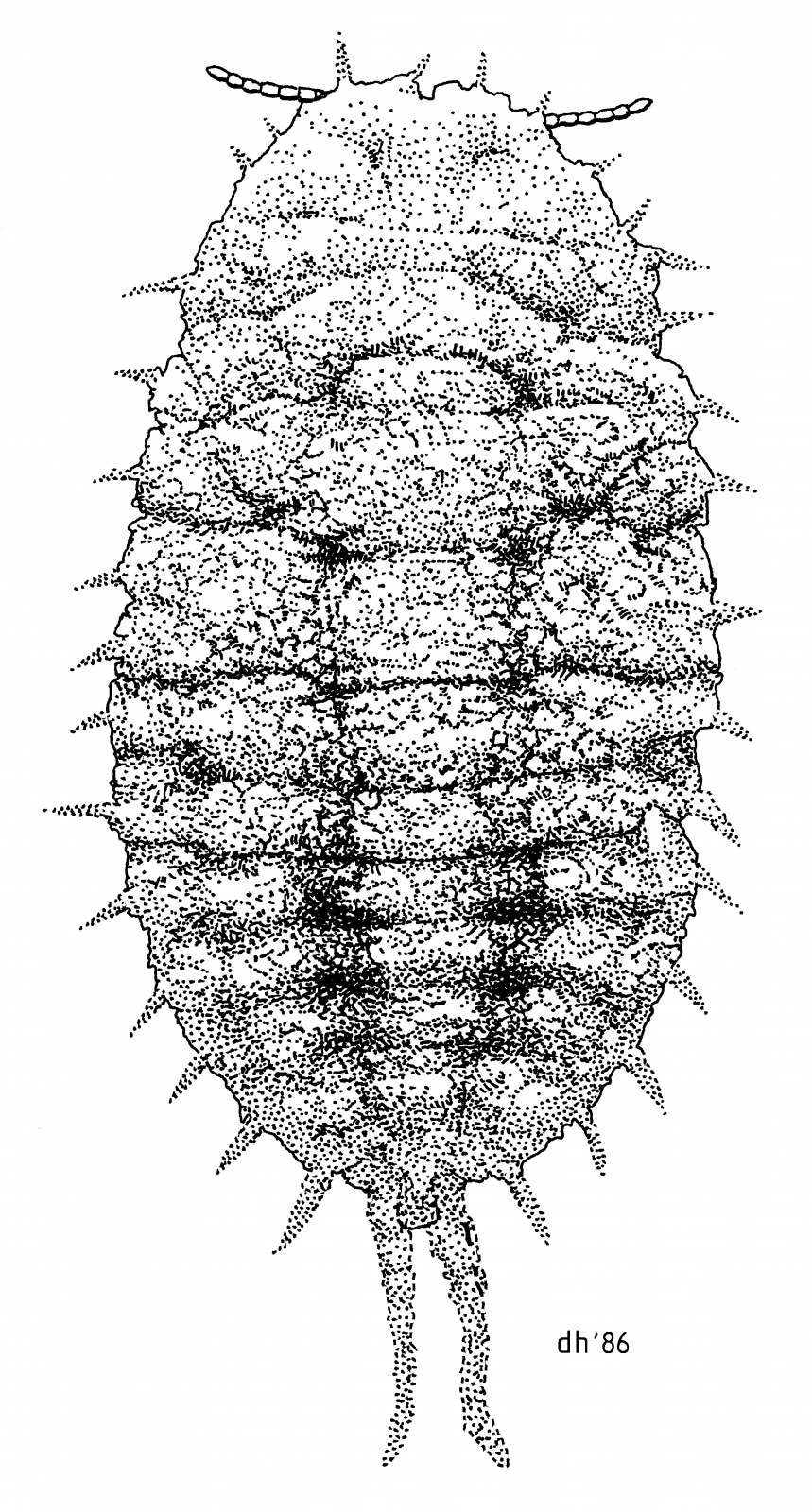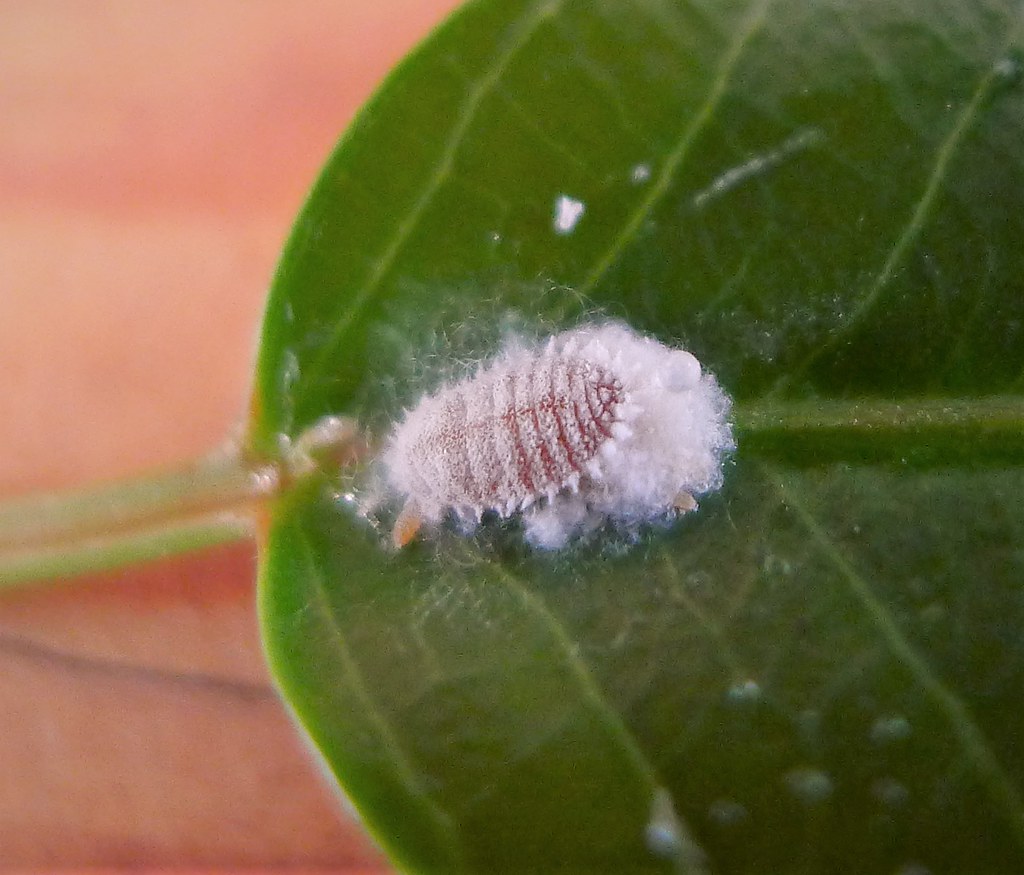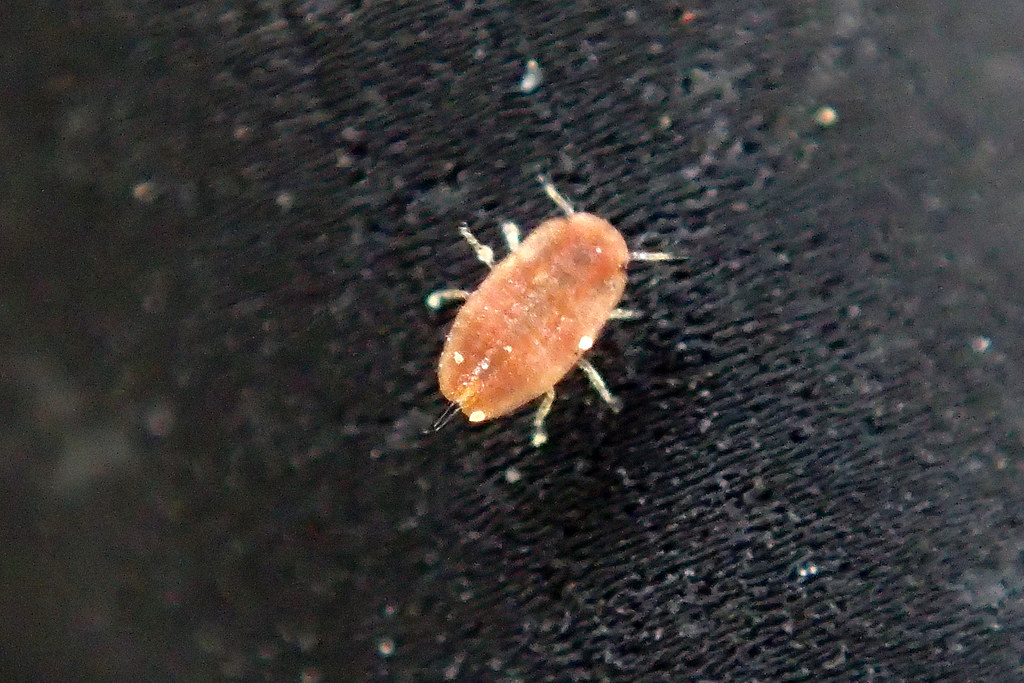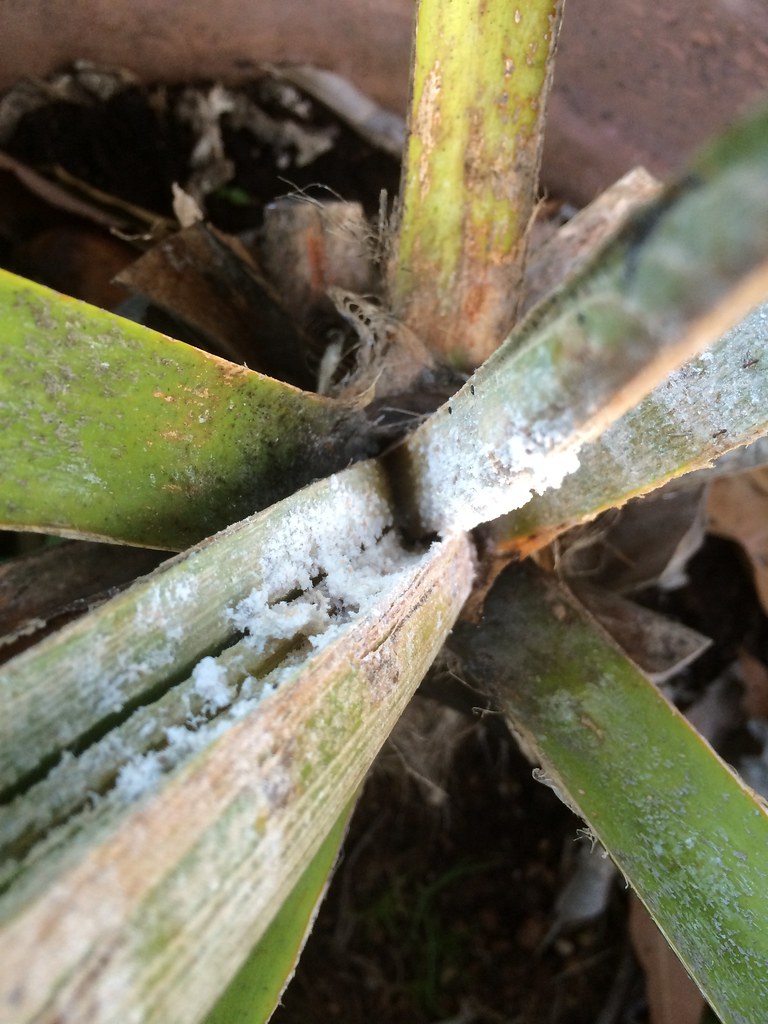



Mealy Bugs – (Pseudococcus longispinus)

Mealybugs are easy to recognize but that doesn’t make then any less horrid. Opportunistic feeders they prefer plants with a high sap content but will generally settle on any food source. The suck the sap out of the leaves and stems causing defoliation and poor plant development. Mealybugs can also infest the soil and lay eggs along the roots. This can prevent the plant from up taking water and nutrients further depleting its resources. As the sap mealybugs prefer is full of sugars their waste is full of what is referred to as honeydew secretions. This sugary waste becomes a perfect breeding ground for sooty mold causing yet another problem for the plant to deal with.
Due to their waxy body covering most soap-based insecticides are not very effective. Until now the best way to treat them was to dab infected areas with a Q-tip dipped in rubbing alcohol. This is extremely time consuming and unfortunately not very effective. Every 10 -20 days a female mealybug can asexually lay 100-200 eggs leading to an alarming rate of production.


Thankfully we have found something to help you control these problematic critters. Chrysoperla sp. is a genus of common green lacewings. The lacewing has been recognized for a long time as a garden friend. The larvae are voracious predators, and the adults are pollinators. The female lays her eggs in protected areas of the plant close to bug infestations. Upon hatching the larvae immediately go on the hunt for food. These little hunters need food immediately, so they are better suited for curative use not preventative.
These non-invasive species are 100% natural. Incredibly efficient. Safe to use on any crop including cannabis. Are completely safe for adults, children, pets, and wildlife. Play well with other predator bugs, so if you also have an issue with another type of pest that can also be dealt with. Read on below to find the right predator for your crops needs.
